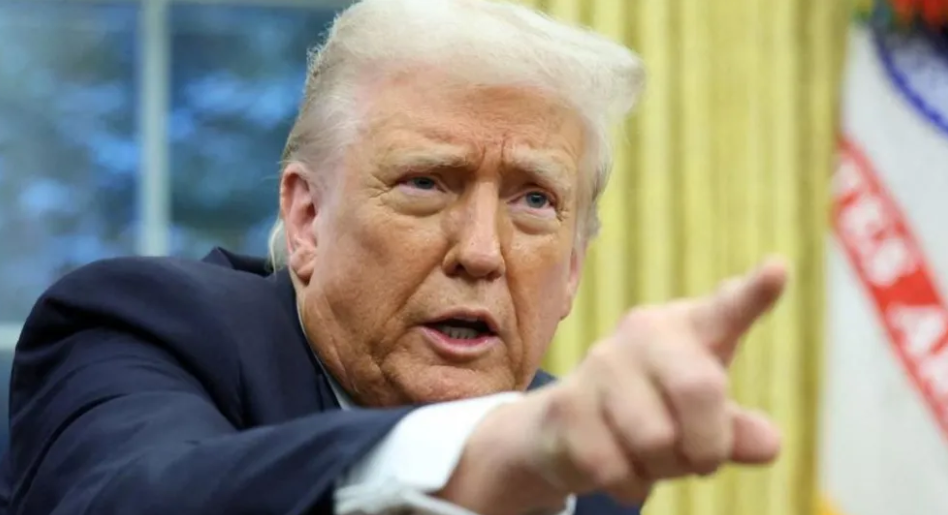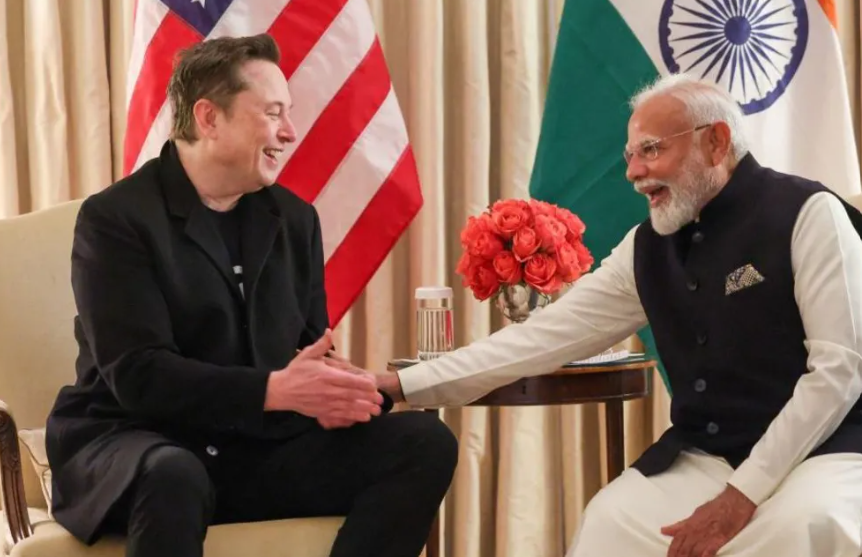A fractured windscreen forced US Secretary of State Marco Rubio into a swift reversal as his plane, bound for the Munich Security Conference, had to turn around an hour into the journey.
America’s chief diplomat, his senior staff, and the accompanying press retraced their route to Andrews Air Force Base near Washington, DC, on Thursday night.
Despite the mid-air incident, the spotlight was already elsewhere. In Europe, US Defence Secretary Pete Hegseth had shocked America’s allies with a speech outlining what many perceived as a series of compromises Ukraine would need to accept to secure any peace accord with Russia, facilitated by President Trump.
Hegseth stated it was “unrealistic” to believe Ukraine could reclaim its sovereign land occupied by Russia, just as its bid for NATO membership was impractical. He added that European, not US, forces should be responsible for maintaining stability.
Critics, including some Washington Republicans, condemned the remarks, arguing they undermined Ukraine’s leverage ahead of any discussions. They saw it as a US submission to Russian President Vladimir Putin.
“It’s certainly a novel approach to negotiations to make significant concessions before they’ve even started,” remarked former Swedish Prime Minister Carl Bildt, who co-chairs the European Council on Foreign Relations, a think tank.
The following day, Hegseth retracted some of his comments. He clarified that all possibilities were still open for Trump to use as bargaining power between Putin and Ukrainian President Volodymyr Zelensky.
“What he chooses to authorize or reject falls under the jurisdiction of the leader of the free world, President Trump,” Hegseth stated. However, he emphasized that he had merely been “pointing out realism” and rejected claims that he had made any undue concessions to Moscow.
As for Rubio, the aircraft malfunction delayed his arrival in Munich, where his officials were briefing on his own objectives for the trip.
The US would work toward a “fair and enduring peace” in which European nations would take the lead in building a “resilient security structure,” they noted.
European leaders are expected to convene in Paris on Monday for urgent discussions aimed at ensuring their active involvement in any Ukraine peace negotiations.
The US secretary of state’s stance contained no indication of setting boundaries for Ukraine, as the defence secretary had done. Then, also in the German city, Vice-President JD Vance suggested the US could use “military means of pressure” to compel Russia into an agreement, seemingly contradicting Hegseth, who had stated no US troops would be stationed in Ukraine.
Later in the Oval Office, President Trump was asked about the backlash from Hegseth’s speech, along with a Republican senator’s remark that it was a “rookie blunder,” akin to something a pro-Putin analyst might have written.
Had Trump been aware of what Hegseth was going to say? “Generally speaking, yeah, generally speaking I was,” the president replied. “I’ll talk to Pete, I’ll look into it,” he added.
The three days of back-and-forth provided some of the first major insights into Trump’s evolving stance on one of the most significant issues he faces—Russia’s full-scale invasion of Ukraine and his pledge to bring an end to the conflict—as well as into how his administration is shaping and communicating its foreign policy.
In terms of substance, Hegseth’s speech—alongside Trump’s lengthy statement about an apparently cordial phone call with Putin aimed at initiating negotiations with Ukraine—sent shockwaves through European capitals, despite Hegseth’s efforts to retract.
“Any hasty resolution is a flawed agreement,” said European Union foreign policy chief Kaja Kallas, referring to the possibility of a US-led deal with Russia that might sideline Ukraine.
Then there’s the question of how US foreign policy under Trump is being communicated. What unfolded in Munich seemed partly an effort by his senior officials to interpret and convey Trump’s positions. However, this process led to volatile and often contradictory statements—some of which were later moderated or reversed.
It remains unclear whether this reflects a new but uncoordinated administration still working out its internal strategy, or whether it is an intentional feature of a presidency that is less concerned with officials independently shaping rhetoric, as long as they remain loyal to Trump’s final directive.
During Trump’s first term, multiple high-ranking officials were either dismissed or resigned for challenging him, including three national security advisers, two defence secretaries, and a secretary of state.
This time, his appointees have been more frequently defined by their allegiance. Pete Hegseth, who had no prior experience managing the military, government, or an agency, was a Fox News weekend presenter and a former National Guard major who closely aligns with Trump’s ideology and policies.
His appointment was highly contested, barely passing through the confirmation process, with three Republican senators opposing him, leading to a 50-50 tie. JD Vance cast the deciding vote.
As Trump himself said this week, he was “okay” with the notion of removing Ukraine’s NATO membership from negotiations, calling it “not feasible.”
Hegseth’s remarks were hardly inconsistent with the president’s views—rather, they were an amplification of them to an audience eager to bolster Ukraine’s negotiating stance rather than diminish it.
The challenge for those involved is that the exact trajectory of US foreign policy remains unclear. A key characteristic appears to be ambiguity—possibly an intentional strategy by Trump, reminiscent of the “madman” theory of diplomacy attributed to former Republican President Richard Nixon.
This theory suggests that being formidable yet unpredictable compels allies to stay close while pressuring adversaries. It could also explain the perception of his own officials veering off course yet staying within the boundaries of Trump’s known principles.
However, as the theory’s name suggests, it carries significant risks of missteps or miscalculations in an already volatile and precarious world.
Trump’s recent proposals for Gaza—evacuating its Palestinian population to create the “Riviera of the Middle East” under US control—were similarly laden with ambiguity and contradictions.
While his officials initially attempted to soften some of his statements—claiming it was only a “temporary relocation”—Trump later reinforced his position, stating the move would indeed be “permanent” with no return option.
As for Rubio—who seeks to ensure the state department is the most influential entity in Trump’s decision-making—his colleagues’ remarks in Munich were already eclipsing his own.
His replacement aircraft eventually touched down in Europe—windscreen intact but without the press pool—while most of the headlines had already shifted elsewhere.



